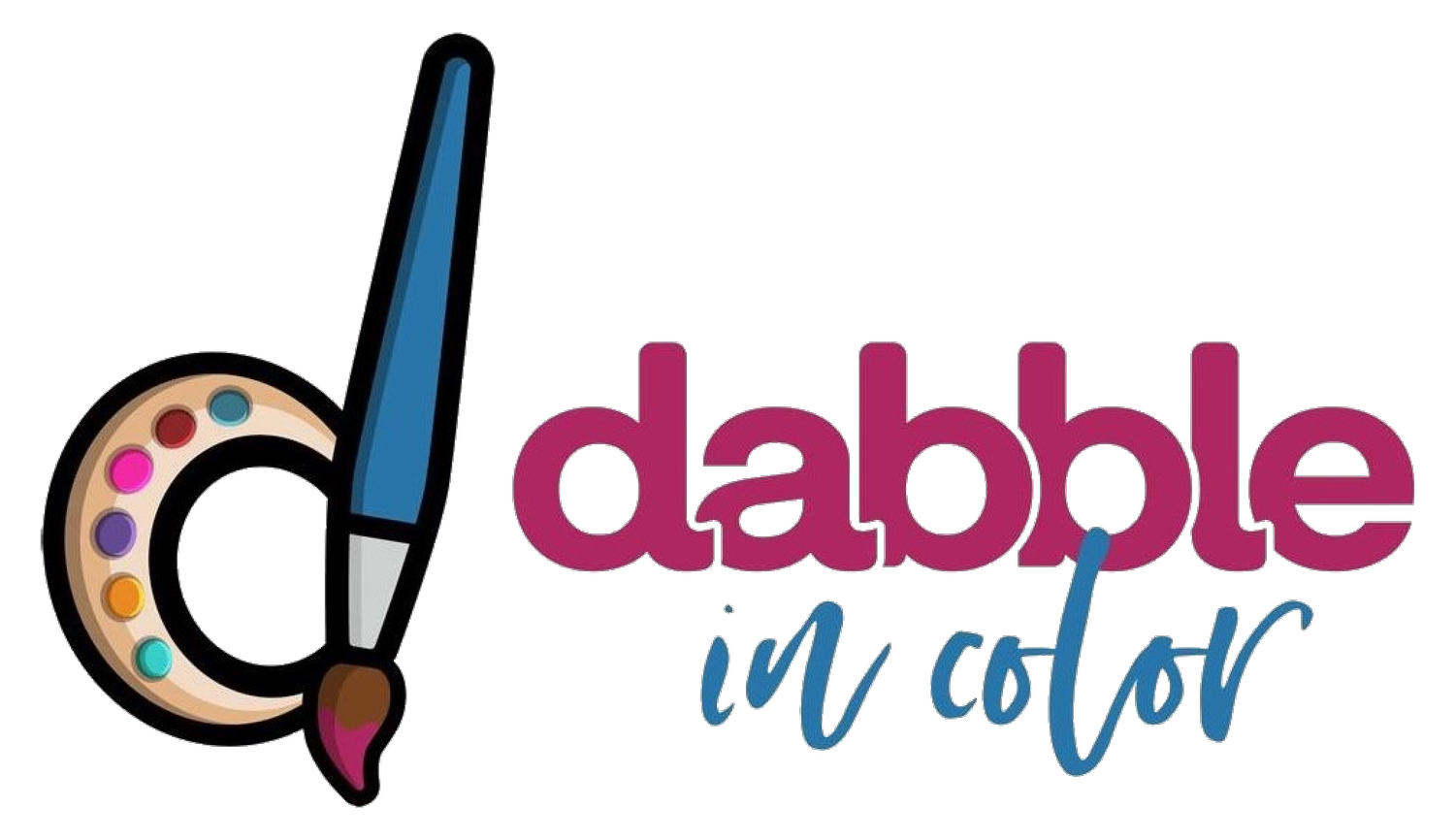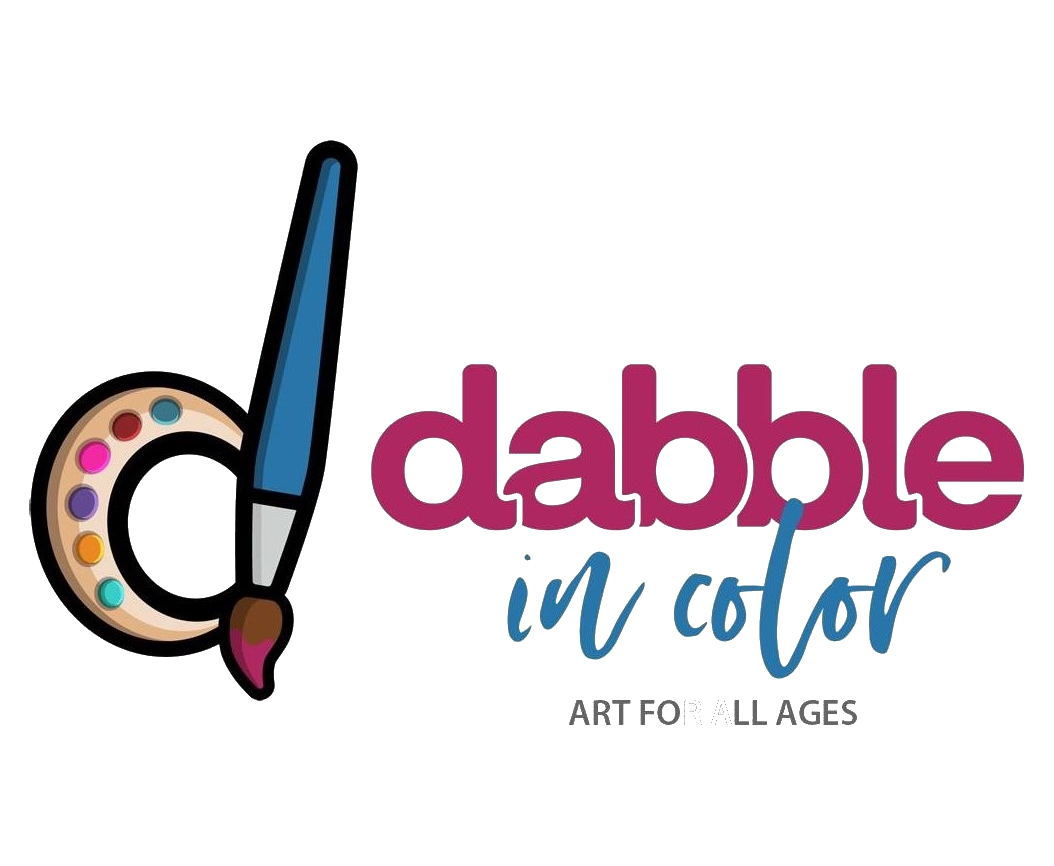Where do I start? Essential Materials for a Beginner Acrylic Painter
Embarking on your journey as an acrylic painter can be both exciting and overwhelming. With so many materials available, it’s easy to get lost in the options. Here’s a concise guide to help you gather the essentials and get started on your creative path.
1. Acrylic Paints
The heart of any acrylic painting kit is, of course, the paints themselves. As a beginner, start with a basic set of primary colors: red, blue, yellow, along with black and white. These can be mixed to create a wide range of hues. Brands like Liquitex, Winsor & Newton, and Golden offer good quality paints that are ideal for beginners.
Tip: Consider investing in a few additional colors like burnt umber, ultramarine blue, and cadmium red for more versatility in your palette.
2. Brushes
Quality brushes can make a significant difference in your painting experience, but for a beginner, it’s fine to grab some economy brushes to practice. Check the ferrule to make sure it’s secure. The ferrule is the metal clamp that holds the bristles to the wood. Also, give the bristles a gentle tug to make sure they don’t pull out easily. For acrylics, synthetic brushes work well since they are durable and can handle the thickness of the paint. Start with a basic set that includes:
Flat Brush (Size 8-12): Ideal for broad strokes and filling in larger areas.
Round Brush (Size 4-8): Perfect for detailed work and outlines.
Filbert Brush (Size 6-10): A versatile brush that combines the qualities of flat and round brushes.
Detail Brush: (Size 2) A fine brush for intricate details.
Tip: Keep your brushes clean and dry them flat to maintain their shape and longevity.
3. Canvas or Painting Surface
Acrylic paint can be applied to a variety of surfaces, but the most common choice is canvas. For beginners, canvas panels or stretched canvas are great options. They’re affordable and offer a sturdy surface to work on.
Tip: You can also experiment with acrylic paper, wood panels, or even thick cardboard as alternative surfaces.
4. Palette
A palette is essential for mixing and holding your paints. You can use a traditional wooden palette, a plastic one with wells, or even disposable palette paper or an ordinary paper plate. If you prefer a more eco-friendly option, try using a piece of glass or a ceramic plate, which can be easily cleaned.
Tip: A palette knife is a handy tool for mixing paints, as it helps to achieve a smooth and even blend without wasting any color.
5. Water Container
A sturdy water container is necessary for rinsing your brushes between colors. An old jar or a plastic cup will do the trick. Ensure it’s wide enough to accommodate your largest brush.
Tip: Change the water frequently to avoid muddying your colors.
6. Easel
While not absolutely necessary, an easel can provide a comfortable and ergonomic way to work on your paintings. Tabletop easels are affordable and compact, making them a good choice for beginners.
Tip: If you don’t have an easel, working flat on a table or propping your canvas against a wall can also work.
7. Palette Paper or Paper Towels
Keep a roll of paper towels or a stack of palette paper nearby for cleaning brushes, wiping up spills, or dabbing off excess paint. These simple tools are indispensable in maintaining a tidy workspace.
8. Acrylic Mediums (Optional)
While not essential for beginners, acrylic mediums can alter the texture, drying time, and finish of your paint. Gel medium, matte medium, and flow improver are popular choices that you might want to explore as you become more comfortable with acrylic painting.
9. Apron or Old Clothes
Acrylic paint can be difficult to remove once it dries, so wearing an apron or old clothes is a smart move. Protecting your clothing allows you to paint freely without worrying about stains.
10. Varnish (Optional)
Varnish is used to protect your finished painting from dust, UV rays, and fading. A glossy or matte varnish can also enhance the colors and finish of your work. Consider this as an addition once you have a few completed paintings.

